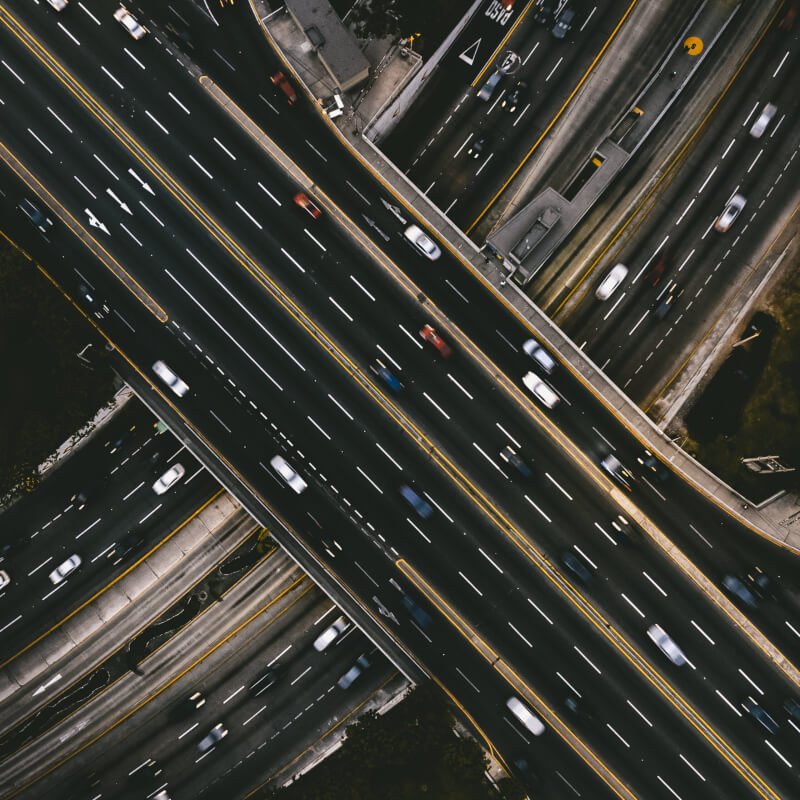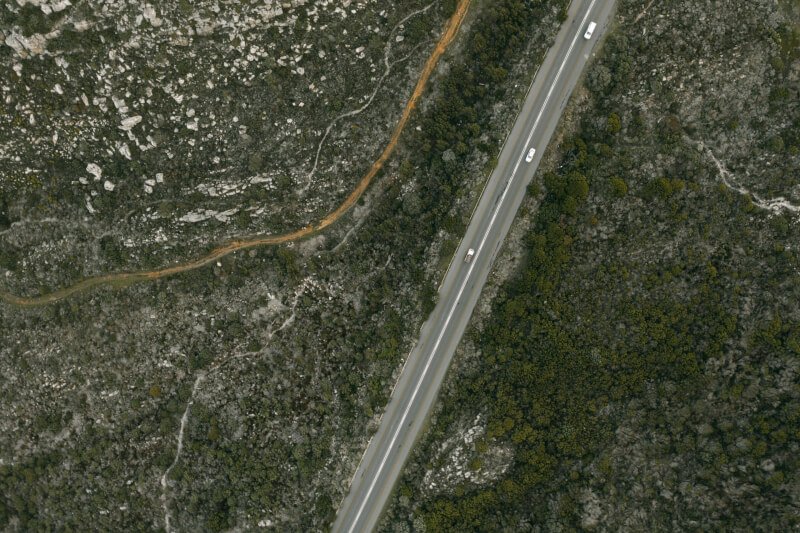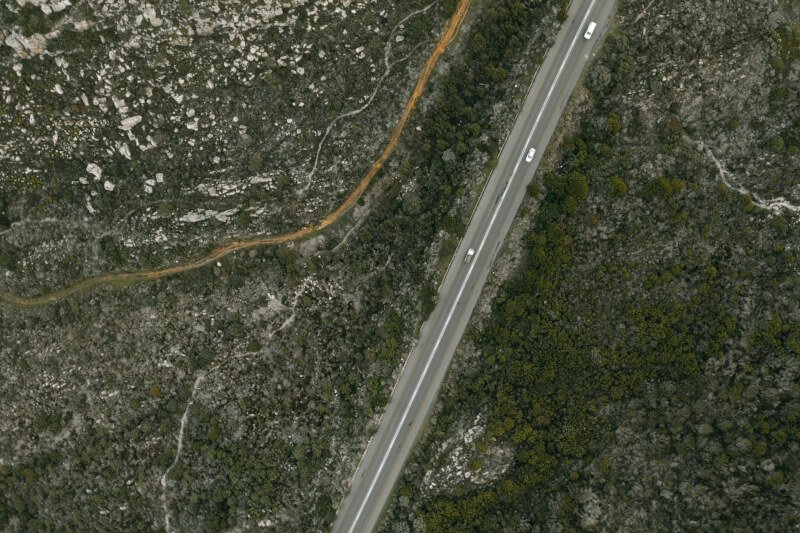Are you a drone enthusiast who loves capturing stunning aerial footage? Well, then it’s important to ensure that your drone doesn’t fly away unexpectedly, leaving you stranded and without your beloved gadget. In this article, we will provide you with some essential tips on how to avoid flyaway drones, ensuring that your flights are safe, enjoyable, and stress-free. So, grab your controller and get ready to learn some valuable techniques that will keep your drone firmly under your control.

Pre-flight Checklist
Before every flight, it’s important to go through a pre-flight checklist to ensure the safety and success of your drone flight.
Check weather conditions
The first item on your pre-flight checklist should always be checking the weather conditions. Make sure you have clear skies and minimal wind for a smooth and safe flight. Rain, strong winds, and other adverse weather conditions can greatly impact your drone’s performance and increase the risk of a flyaway.
Ensure GPS signal is strong
GPS signal is crucial for accurate positioning and navigation of your drone. Before taking off, make sure your drone has a strong GPS signal by checking the indicator on your controller or mobile device. If the signal is weak or unstable, it’s best to wait for a better signal or consider a different location for flying.
Inspect the drone for damage
Inspecting your drone for any damage or wear and tear is an important step in ensuring a safe flight. Check the propellers, motors, and body of the drone for any signs of damage, loose connections, or debris. It’s important to fix any issues before flying to avoid potential malfunctions during the flight.
Calibrate the compass
Calibrating the compass is essential to ensure accurate orientation and navigation of your drone. Follow the manufacturer’s instructions to calibrate the compass before every flight. This typically involves rotating the drone in a specific pattern to allow the compass to calibrate properly.
Check battery levels
Before taking off, check the battery levels of both your drone and controller. Make sure they are sufficiently charged for the intended flight duration. It’s essential to have enough battery power for a safe return, and running out of battery mid-flight can lead to a flyaway situation. Always carry spare batteries and swap them when needed.
Maintaining a Safe Flying Environment
Flying your drone in a safe environment is crucial to prevent accidents, injuries, and flyaways. Here are some important guidelines to follow:
Fly in open areas
Choose open areas for flying your drone where there is minimal to no obstruction. Wide-open spaces provide ample room to maneuver and reduce the risk of crashing into objects or people. Avoid flying in congested areas or crowded parks to ensure the safety of others and your drone.
Avoid flying near power lines
Power lines can interfere with signal transmission and pose a significant risk to both you and your drone. Keep a safe distance from power lines and electrical substations to minimize the chances of interference and potential accidents.
Keep a safe distance from people and animals
Maintaining a safe distance from people and animals is not only a matter of safety but also respecting their privacy and avoiding any potential disturbances. Be mindful of your surroundings and fly at a safe height and distance to ensure the safety of everyone involved.
Avoid flying in strong winds
Flying in strong winds can be dangerous and increase the risk of a flyaway. High winds can affect the stability and control of your drone, making it difficult to maintain a steady flight. Always check the weather conditions and avoid flying on windy days to prevent accidents and potential flyaways.
Be cautious of trees and obstacles
Trees, buildings, and other obstacles can pose a risk to your drone. Avoid flying too close to trees or buildings, as branches or structures can potentially damage your drone or cause it to veer off course. Always maintain a safe distance and be mindful of your surroundings to avoid collisions.

Understanding Flight Modes
Understanding the different flight modes of your drone is essential for maximizing its capabilities and ensuring safe flying. Here are some key points to consider:
Learn about different flight modes
Take the time to familiarize yourself with the different flight modes available on your drone. These can include GPS mode, manual mode, and even failsafe mode. Understanding how each mode works and when to use them will help you fly your drone more effectively and confidently.
Use GPS mode for more accurate positioning
GPS mode is particularly useful for capturing precise aerial shots and maintaining a stable position in the sky. When using GPS mode, your drone will use satellite positioning to hold its position, making it easier to control and navigate. This is especially beneficial for beginners or when operating in challenging environments.
Practice flying in manual mode
While GPS mode provides stability and ease of control, it’s important to practice flying your drone in manual mode as well. Manual mode gives you more control over your drone’s movements and responsiveness. This can be useful in situations where you need to quickly change direction or perform more advanced maneuvers.
Understand the failsafe mode
Failsafe mode is a safety feature built into most drones that activates automatically in certain situations, such as loss of signal or low battery. Familiarize yourself with how the failsafe mode works on your specific drone model, as it can help prevent flyaways and ensure a safe return to home or landing.
Proper Pre-flight Planning
Proper pre-flight planning is crucial for a safe and successful drone flight. Taking the time to plan ahead will help prevent flyaways and ensure a smooth operation. Here are some important steps to consider:
Map out flight route and potential landing spots
Before taking off, map out your desired flight route and identify potential landing spots in case of emergencies or unforeseen circumstances. Having a planned route and landing spots in mind will help you navigate safely and have a plan in place if anything goes wrong.
Avoid crowded airspace
Flying in airspace that is crowded or restricted can pose a significant risk to your drone and others in the area. It’s important to research and understand the airspace regulations in your location, including any designated no-fly zones, and avoid flying in those areas.
Notify local authorities if required
In some cases, you may need to notify local authorities or obtain permission to fly your drone, especially if you are flying in controlled airspace or near airports. Check the regulations and requirements in your area and follow them accordingly to ensure compliance and avoid any legal issues.
Plan for battery life and return trip
Before taking off, consider the battery life of your drone and plan accordingly for a safe return trip. Make sure you have enough battery power to not only complete your flight but also safely return to your takeoff point. Avoid pushing the limits of your battery and always have a safety margin to prevent flyaways due to low battery power.

Ensuring a Stable and Reliable Connection
Having a stable and reliable connection between your drone and controller is essential for safe and successful flights. Here are some tips to help ensure a stable connection:
Avoid interference from other devices
Interference from other devices, such as Wi-Fi routers or electronic devices, can disrupt the signal between your drone and controller. To avoid this, fly in areas with minimal interference or disable Wi-Fi signals on nearby devices that may be causing interference.
Use a quality transmitter and receiver
Investing in a quality transmitter and receiver can greatly improve the stability of your connection. Look for reputable brands and models that offer good signal range and reliability. A reliable connection is crucial for maintaining control and preventing flyaways.
Keep antenna properly positioned
Properly positioning the antennas on both your drone and controller can help optimize signal transmission and reception. Follow the manufacturer’s instructions to ensure the antennas are oriented correctly for optimal performance.
Use appropriate frequencies and channels
In areas with multiple drone pilots, using appropriate frequencies and channels is important to prevent interference and ensure a stable connection. Consult local regulations and coordinate with other pilots to avoid using the same frequencies and channels.
Regularly Update Firmware and Software
Updating the firmware and software of your drone and controller is essential for ensuring optimal performance and addressing any known issues or bugs. Here are some important points to consider:
Check for firmware updates
Regularly check for firmware updates for your drone and controller. Manufacturers often release updates that improve the performance, stability, and safety features of their drones. Keep your drone up to date with the latest firmware to prevent any potential issues or flyaways.
Update drone and controller software
Alongside firmware updates, it’s important to update the software on your controller and any accompanying apps or software used for controlling and monitoring your drone. This will ensure compatibility and smooth operation, minimizing the risk of unexpected errors or malfunctions.
Follow manufacturer instructions for updates
When updating firmware or software, always follow the manufacturer’s instructions carefully. Improper updates or installations can lead to issues and potentially affect the stability and safety of your drone. Take the time to read through the instructions and follow them step by step.

Using Return to Home Function Wisely
The return to home function is a valuable feature that can help prevent flyaways and ensure the safe return of your drone. Here are some tips for using it effectively:
Set home point accurately
Before taking off, make sure to set the home point accurately. The home point is the location your drone will return to if the return to home function is activated. To set the home point, usually, you need to have a strong GPS signal and follow the manufacturer’s instructions.
Test return to home function in controlled environment
Before relying on the return to home function in a real-life situation, it’s recommended to test it in a controlled environment. Find an open space away from obstacles and practice activating the return to home function to ensure your drone is returning accurately and safely.
Be cautious of obstacles during return
While the return to home function is designed to guide your drone safely back to its takeoff point, it’s important to remain cautious of any obstacles that may have appeared since takeoff. Trees, buildings, or other structures can obstruct the return path and potentially cause a collision. Keep a constant eye on your drone during the return journey.
Monitor battery levels for safe return
The return to home function relies on the remaining battery power of your drone. It’s essential to monitor the battery levels throughout the flight to ensure you have enough power for a safe return. If the battery is running low, consider manually returning instead of relying solely on the return to home function.
Emergency Preparedness and Response
Being prepared for emergencies is essential for any drone pilot. Here are some important points to keep in mind:
Practice emergency landing procedures
Practicing emergency landing procedures can help you handle unexpected situations calmly and effectively. Find a safe location and practice emergency landings to build your skills and confidence. This will enable you to react quickly and safely in case of emergencies or critical situations.
Be aware of emergency shut-off procedures
Understanding how to quickly shut off your drone in an emergency situation is crucial. Familiarize yourself with the emergency shut-off procedures for your specific drone model and practice them to ensure a swift response when needed.
Carry a fire extinguisher for LiPo battery fires
LiPo (Lithium Polymer) batteries, commonly used in drones, have the potential to catch fire if damaged or improperly charged. Carrying a fire extinguisher specifically designed for LiPo battery fires is a wise precaution to have on hand in case of emergency situations.
Have a first aid kit on hand
Accidents happen, and it’s important to be prepared for any injuries that may occur during a drone flight. Keep a basic first aid kit with you when flying to address minor injuries or scratches. Additionally, it’s a good idea to know basic first aid procedures in case of more serious incidents.

Maintaining Proper Battery Care and Management
Proper battery care and management are crucial for the longevity and safety of your drone. Here are some tips to help maintain your drone’s batteries:
Avoid overcharging or undercharging batteries
Overcharging or undercharging your drone’s batteries can adversely affect their performance and overall lifespan. Follow the manufacturer’s recommendations for charging times and ensure you have a balanced charger that can properly monitor and maintain the battery’s charge level.
Store batteries in a cool and dry place
When not in use, store your drone batteries in a cool and dry place. Extreme temperatures and humidity can affect the performance and health of the batteries. Avoid exposing them to direct sunlight or storing them in areas with high moisture levels.
Check battery health regularly
Regularly check the health and condition of your drone’s batteries. Look for any signs of swelling, corrosion, or damage. If you notice any abnormalities, discontinue using the battery and replace it as soon as possible.
Replace damaged or aging batteries
Damaged or aging batteries can pose a significant risk during flight, increasing the chances of a flyaway or malfunction. If you notice any signs of damage, such as bulging or punctures, or if your batteries are reaching the end of their recommended lifespan, it’s crucial to replace them promptly with new ones.
Learning from Experienced Drone Pilots
Learning from experienced drone pilots can provide valuable insights and help you avoid common mistakes. Here are some ways to learn from others:
Join online communities and forums
Online communities and forums dedicated to drone flying are a great resource for sharing knowledge and experience. Joining these communities allows you to connect with experienced pilots, ask questions, and learn from their expertise.
Seek advice from experienced pilots
If you know any experienced drone pilots, don’t hesitate to reach out and seek their advice. They may have valuable tips and insights that can help you improve your flying skills, avoid pitfalls, and prevent flyaways.
Participate in training courses
Participating in training courses or workshops specifically designed for drone pilots can provide you with valuable hands-on experience and guidance. These courses often cover topics ranging from safety practices to advanced flight techniques, giving you a well-rounded understanding of drone flying.
Learn from others’ mistakes and experiences
Learning from the mistakes and experiences of others is a valuable way to improve your skills and avoid potential issues. Read articles, watch videos, or listen to podcasts where drone pilots share their stories and lessons learned. This can help you gain valuable knowledge and insights that you can apply to your own flying.
By following these essential tips and guidelines, you can avoid flyaways and ensure a safe and enjoyable drone flying experience. Remember to always prioritize safety, plan ahead, and continually learn and improve your skills as a responsible drone pilot. Happy flying!


